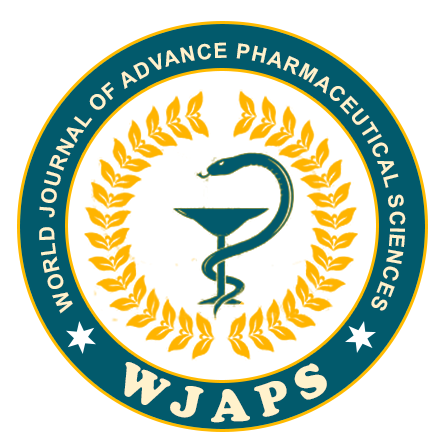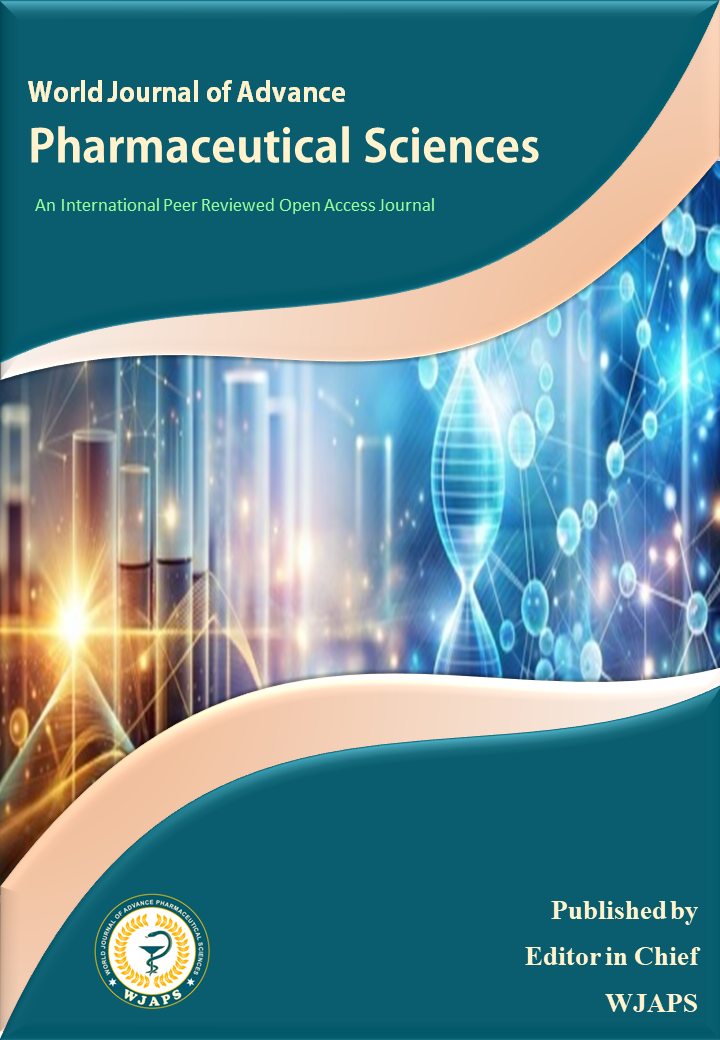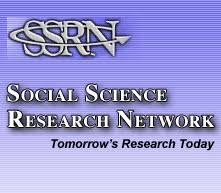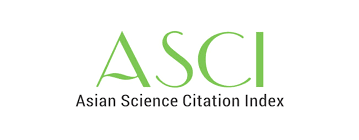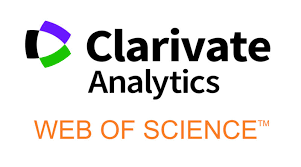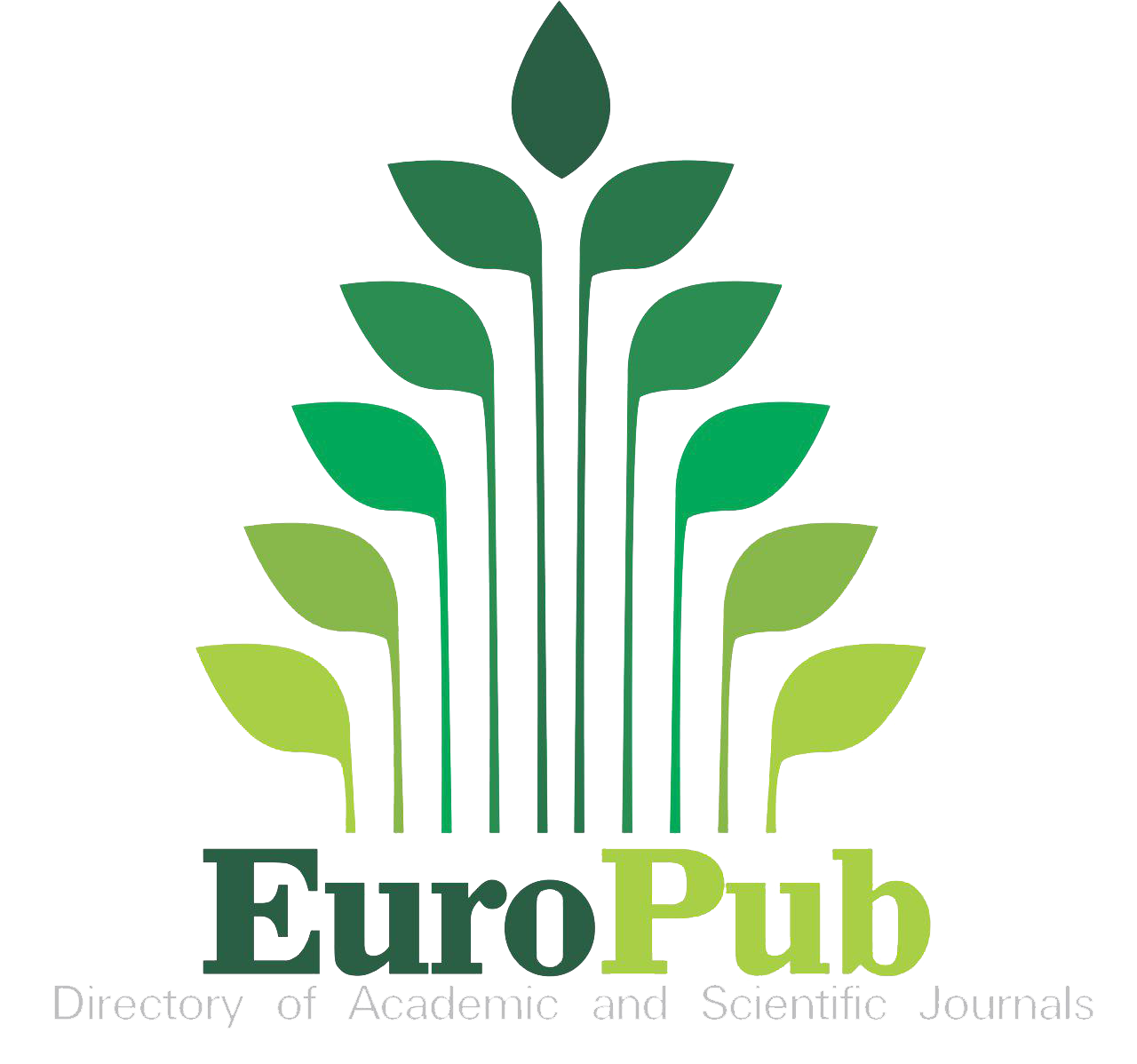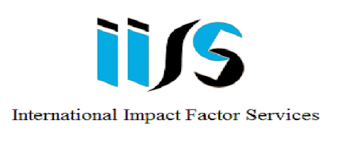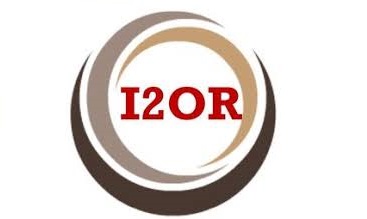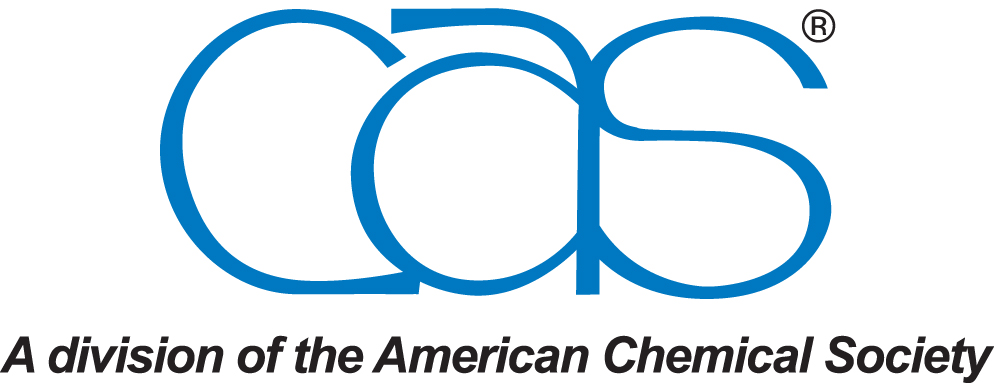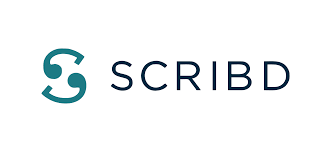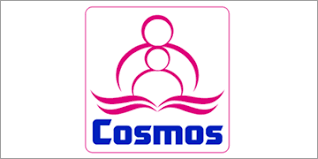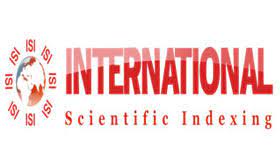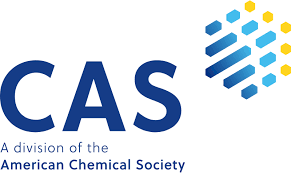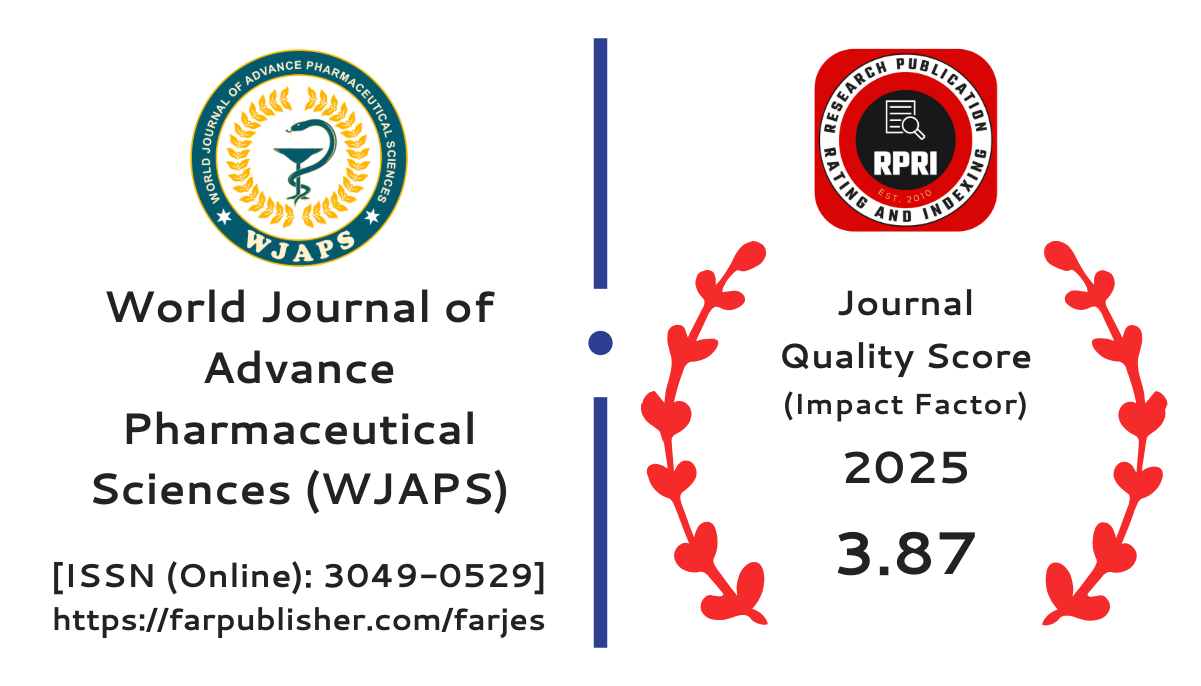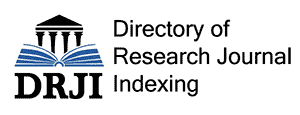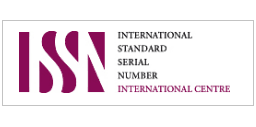A COMPREHENSIVE REVIEW ON DRUG-INDUCED (AMINOGLYOSIDES) ACUTE KIDNEY INJURY: MECHANISMS, RISK FACTORS, DIAGNOSIS, AND THERAPEUTIC APPROACHES
P. Jaideep Chowdary*, Dr. A. Sandeep Kumar, Dr. N. Hema Kumari, K. Keerthi Sowjanya, D. Sravya and D. Divakar
Aminoglycosides are known to be potent bactericidal antibiotics that are widely used for severe gram-negative infections; however, the use of these drugs is limited simultaneously due to their nephrotoxicity leading to acute kidney injury (AKI). This review provides a detailed overview of aminoglycoside-induced AKI, focusing on its mechanisms, risk factors, clinical diagnosis, and management. The pathophysiology involves accumulation of the drug in proximal tubular cells with associated oxidative stress, mitochondrial injury, and apoptosis. Risk factors include high cumulative doses, prolonged duration of therapy, pre-existing renal disease, and use of concomitant nephrotoxic agents. Clinical diagnosis has evolved from the traditional serum creatinine towards newer biomarker candidates like NGAL and KIM-1. Treatment usually involves immediate discontinuation of the offending agent, renal supportive care, therapeutic drug monitoring, and potentially, novel agents with renoprotective properties. Despite recent advances, significant gaps in the early recognition and prevention of toxicity remain. The future holds promise for individualized dosing regimens, biomarker-guided therapy, and safer drug formulations to maintain antimicrobial activity while ensuring renal safety.
[get full article]